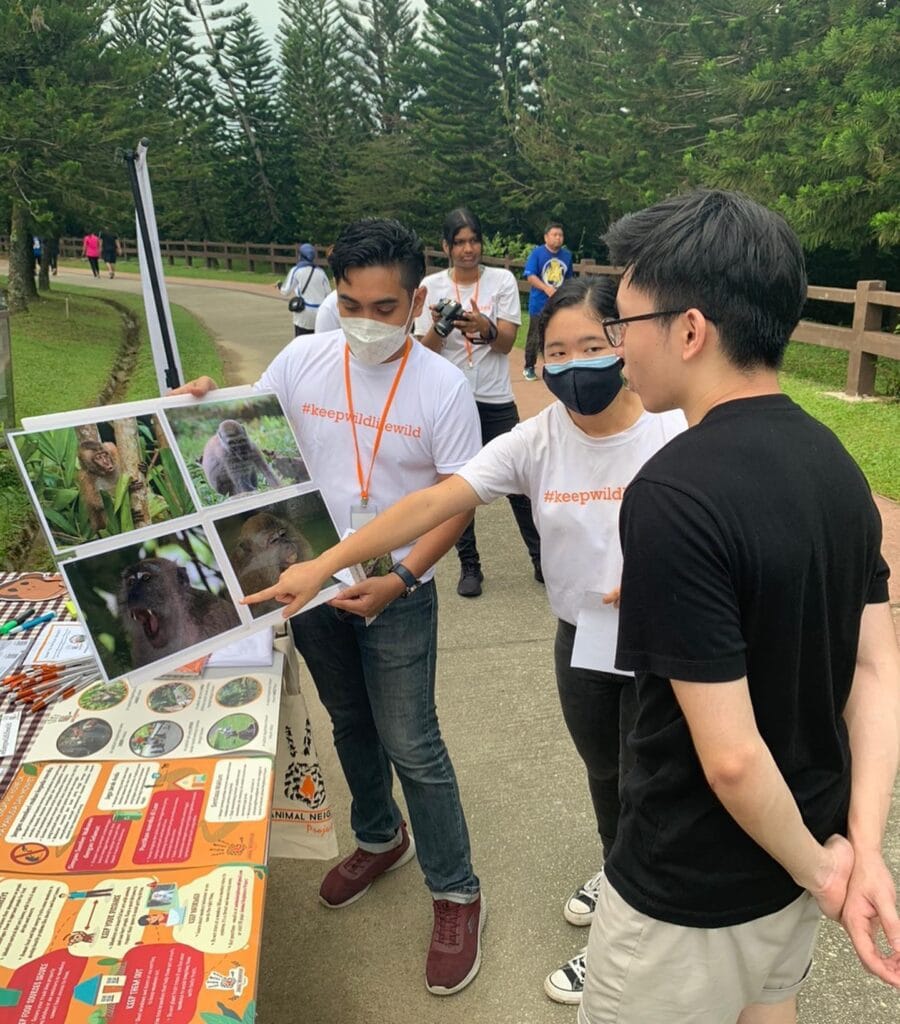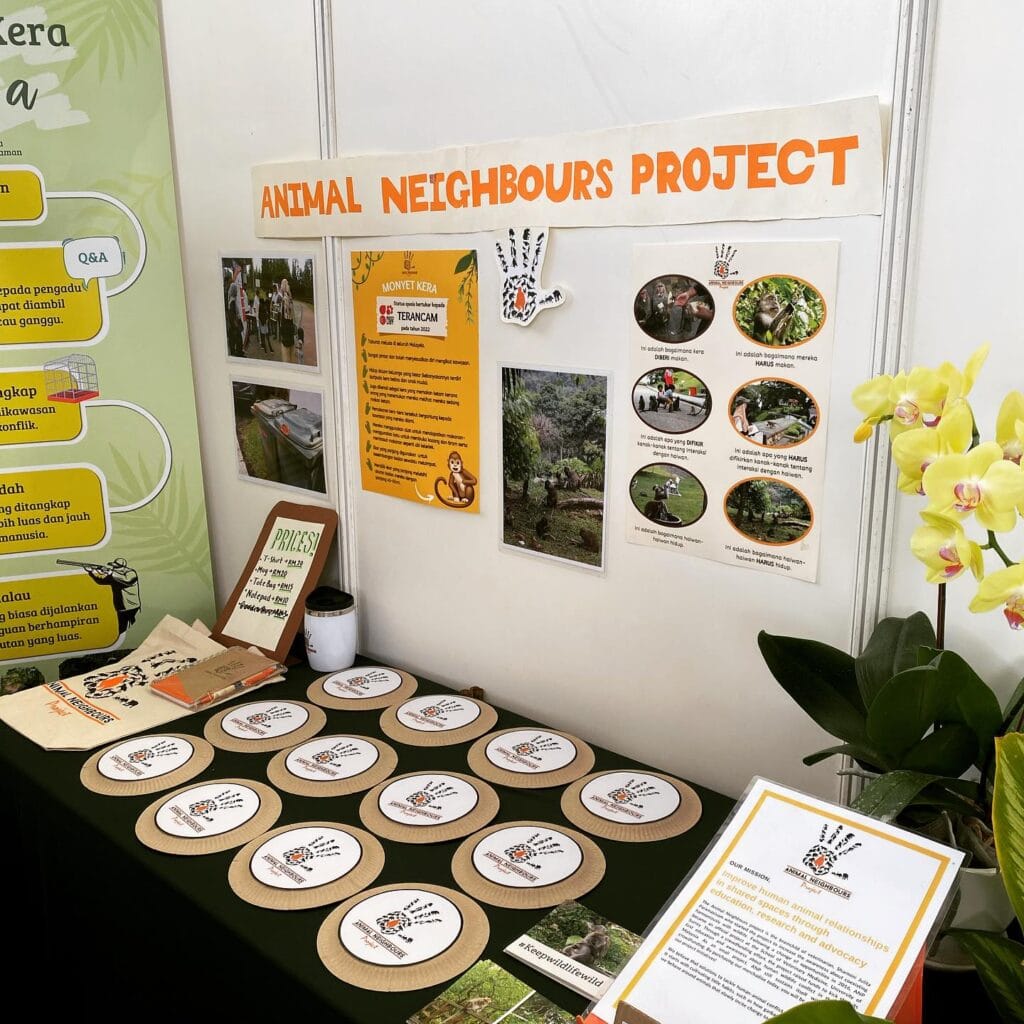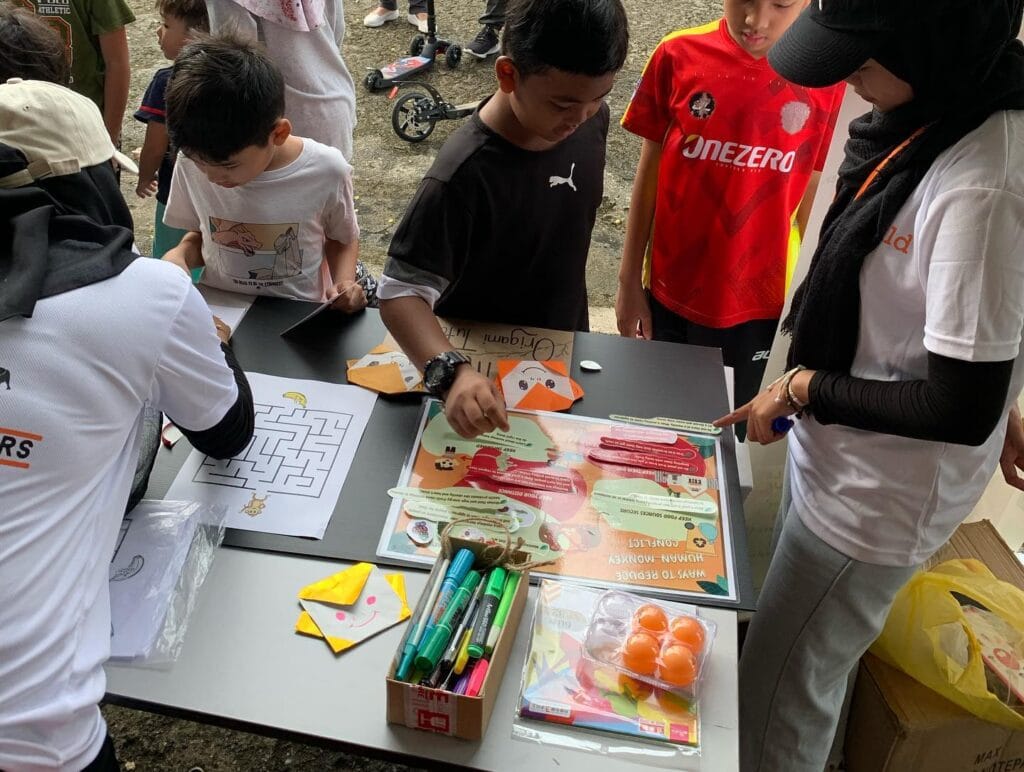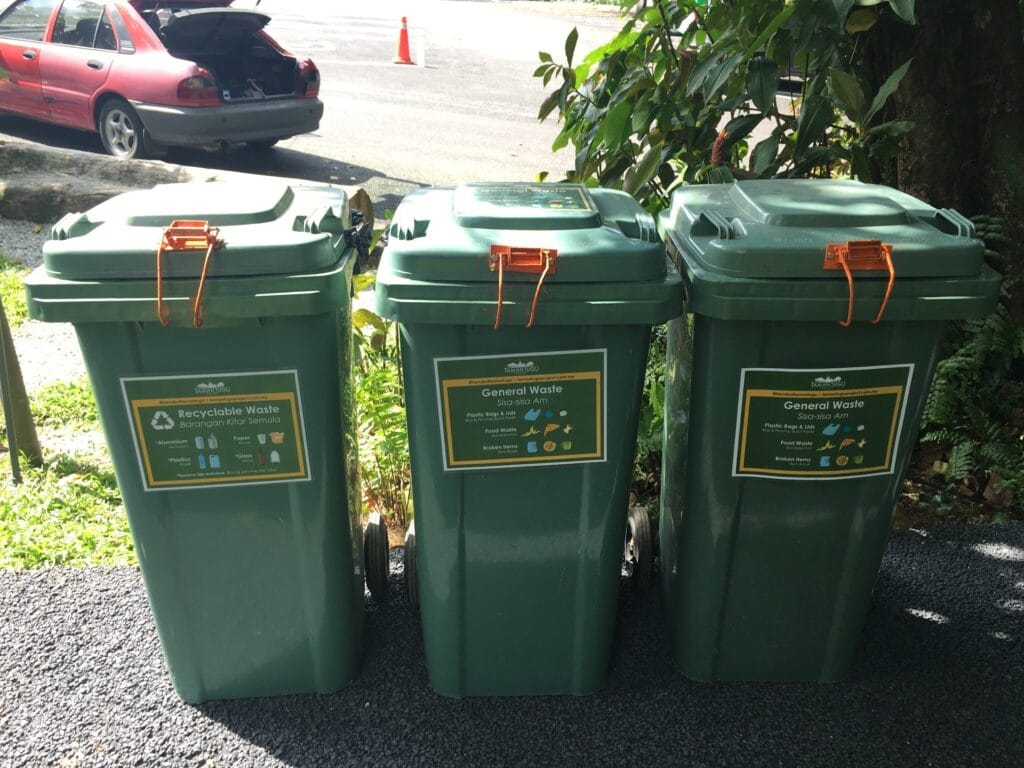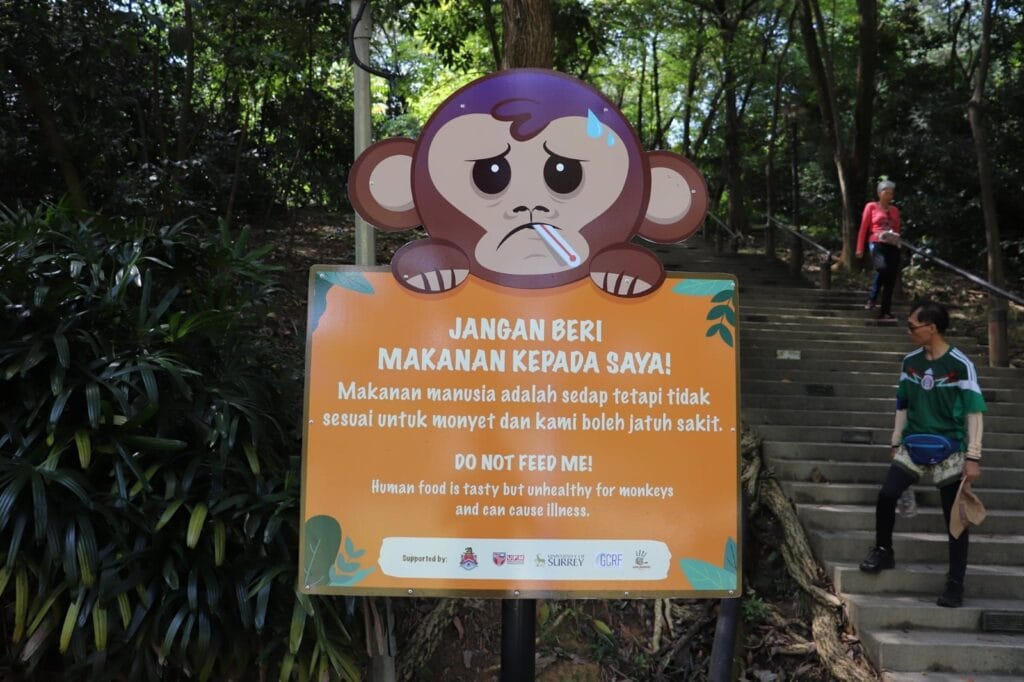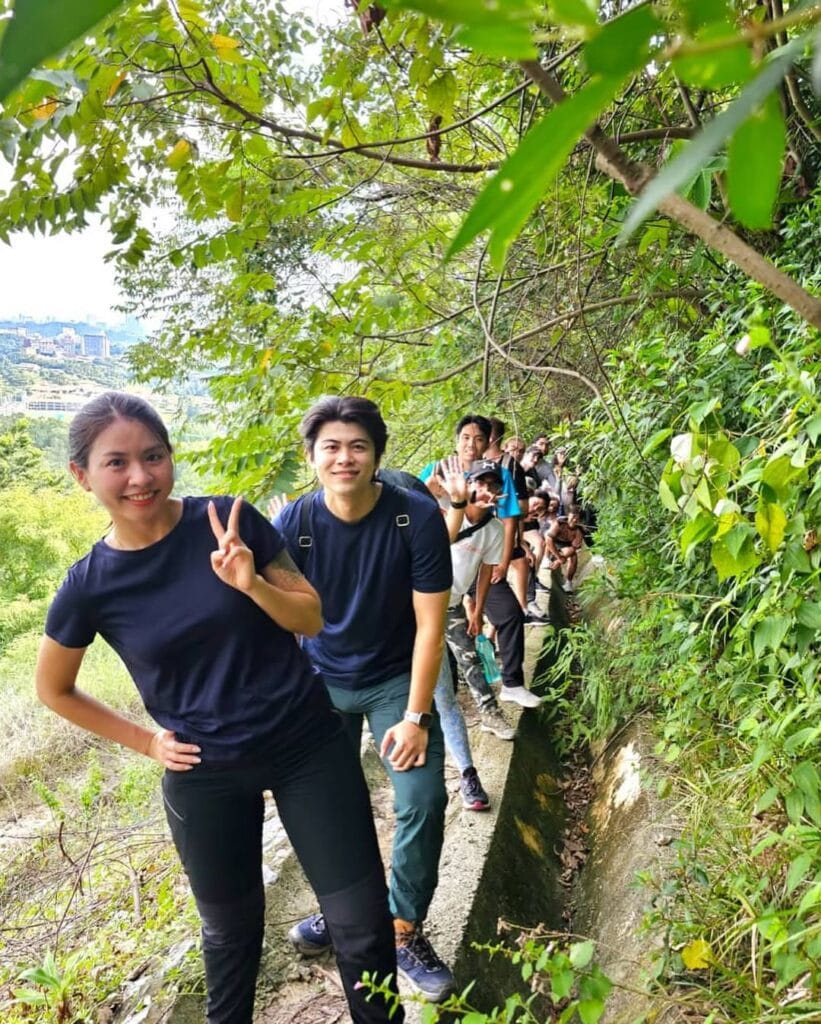In the heart of Malaysia’s cities, three forests still breathe. Bukit Gasing, Bukit Melawati, and Bukit Kiara stand as some of the last green pockets in Malaysia’s urban spaces, pressed in by highways and housing estates. A breathing space from the city, these tropical rainforests still draw weekend crowds looking for fresh air and winding trails.
But the forests are not only retreats for people. High in the canopy and along the paths move long-tailed, pig-tailed, and stump-tailed macaques. Living in degraded and fragmented forests limits habitat space and food source for these animals. They have developed a lack of fear of hikers and joggers to the point they approach humans for food. And we reached out with peanuts, bananas, or biscuits.
Though well-intentioned, the outcomes are disastrous. Feeding macaques conditions them to associate people with food. As the boundary between people and wildlife blurs, macaques learn to grow bolder; approaching, grabbing, and even attacking to procure their reward. They soon learn to venture into residential streets, and cause chaos. Windows are pried open, garbage bins overturned, garden fruit trees stripped bare. Each successful raid encourages another, and the cycle deepens.
Human-macaque conflicts have become familiar sights in urban environments due to Malaysia’s largely rainforest hillside topography. Strained for resources, local councils and government agencies lack the capacity to implement sustainable, long-term strategies that address the conflict while respecting wildlife populations. Instead, trapping, mass culling, and drive-by shooting become the default convenient responses to “problem” macaques. These interventions may bring momentary relief, but only deepen the divide between people and primates. This misguides people into thinking that all primates are inherently dangerous to humans and distracts people from the underlying human-feeding issue.
This is where Animal Neighbours Project (ANP) steps in to bridge the gap between man and mammal. ANP is a community-based project that uses research and education to mitigate human-wildlife conflict in urban areas.
“The misconception is that macaques are starving and need to be fed,” explains Ashwiini Paranjothi, ANP’s Vice President. “But they’re opportunist foragers, not pets. They thrive on leaves, fruits, and shoots as opposed to the high-sugar foods handed out by tourists. We’ve essentially turned neighbourhoods into a McDonald’s drive-thru for macaques.”


